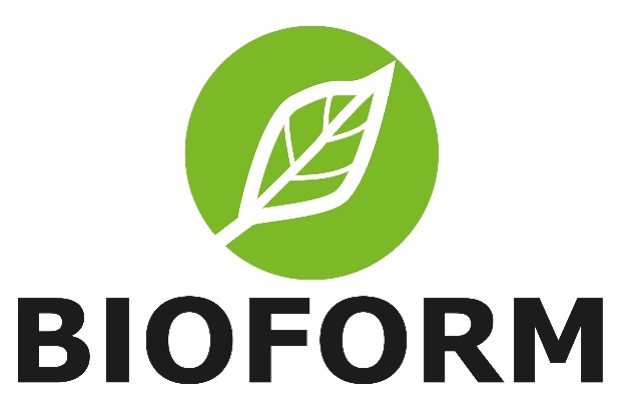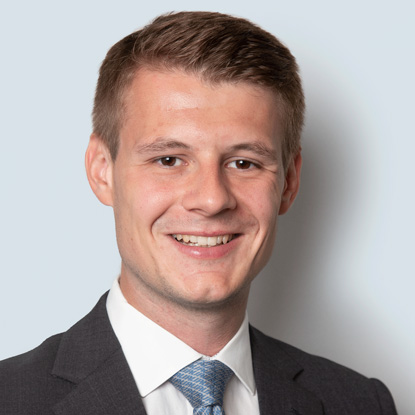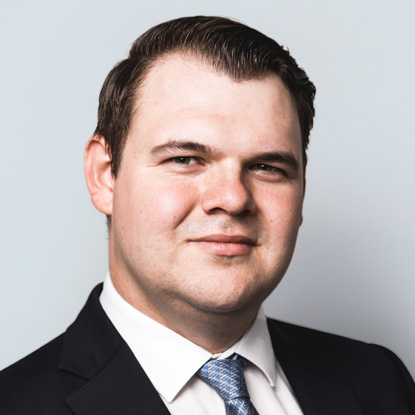BioForm – Biologization of paraffin wax actuators produced by forming technology
A principle of action common in the plant world is nastic movement. Here, the change in internal pressure within the so-called stomatal cells leads to a movement of leaves. The aim of the project is to transfer this mechanism to a technical application. For this, the material paraffin wax is used. Due to its particularly high volume expansion during phase change, paraffin wax offers the possibility of realizing high effective energies. The aim of the project is to design an appropriate actuator. For this purpose, a new actuator concept is being developed at the institute on the basis of existing findings in the field of paraffin-based hase change actuators. This includes the conception, a numerical design and optimization as well as the subsequent technical implementation. For this purpose, a sealing concept, tools for the technical implementation as well as a bending tool for generating the final geometry will be developed and realized.
Coordinators: Thiemo Germann M. Sc.
| Simon Biffar M. Sc.
Duration: July 2022 – December 2023
Funded by: BMWK
Motivation
In the plant world, there is a special mechanism for achieving positioning movements. The stomata on the underside of the leaf regulate the fluid balance of the plant by adjusting the internal pressure. A technical transfer of this so-called nastic movement promises a wide range of possible applications. Paraffin wax is particularly suitable as a technical active medium. It has the outstanding property of a pronounced increase in volume during the transition from the solid to the liquid phase. At the same time, paraffin wax is incompressible in both aggregate states. The combination of both properties is exploited to produce high-performance actuators that convert a heat input into a positioning movement.
The aim of the project is to implement the directed plant movements based on the adaptation of the internal pressure within the framework of a kerosene actuator. For this, the crescent-shaped cells of the stomata are specifically used as a template for the housing shape and mode of action of such an actuator. The resulting actuator is manufactured by a combined swaging and rotary swaging process. Like the stoma cells, it converts a manipulated variable from the outside into a movement favored by the shape of the actuator. The project will thus demonstrate that the transfer of biological functional principles to paraffin wax actuators is possible and useful.




Approach
As a first step, a parametric numerical model is set up. For this purpose, the performance of the actuator for possible applications is first estimated as part of an initial concept. In addition, manufacturing constraints must be taken into account in order to ensure that the actuator can be manufactured using common equipment. Based on this information, an initial geometry is defined, which is mapped numerically. For this geometry, both the die bending process and the load cycle are simulated. The representation of the bending process is necessary in order to be able to take into account residual stresses arising in the final load cycle. For the final model, characteristic parameters such as material thickness, cross-sectional size or bending radius of the actuator are systematically varied and an optimum geometry is determined.
This defined geometry represents the basis for the second work package of the implementation using a demonstrator. The first focus is on sealing the actuators, which is to be achieved by rotary swaging. Therefore, a form-fit and force-fit sealing concept will be developed, which withstands the internal pressures of more than 100 bar during operation. The tools required for technical implementation on the institute's own rotary swaging plant will also be manufactured and installed during this phase. With the sealing successfully completed, the subsequent step is the forming into the final geometry. For this purpose, an appropriate die must first be developed, which will be integrated into an existing press at the institute. The tool must ensure both reliable forming and a high degree of flexibility with respect to geometric variations.
Successfully manufactured prototypes move on to the third work package of the project. Here, the resulting curved phase change actuators are characterized. Characteristics at this point are both the achievable actuating forces and actuating movements. The construction of a corresponding test rig for the evaluation of the characteristic values is a core component of the task package. The results of the characterization are also fed back into the numerical model in order to validate it on the one hand, but also to ensure a further improved mapping accuracy. The assessment of the working capacity concludes the third work package.
Acknowledgement
This research and development project is / was funded by the German Federal Ministry of Education and Research (BMBF) within the Funding program Biologization of Technology and implemented by the Project Management Agency Karlsruhe (PTKA). The author is responsible for the content of this publication.
Funded by
Project Partners



